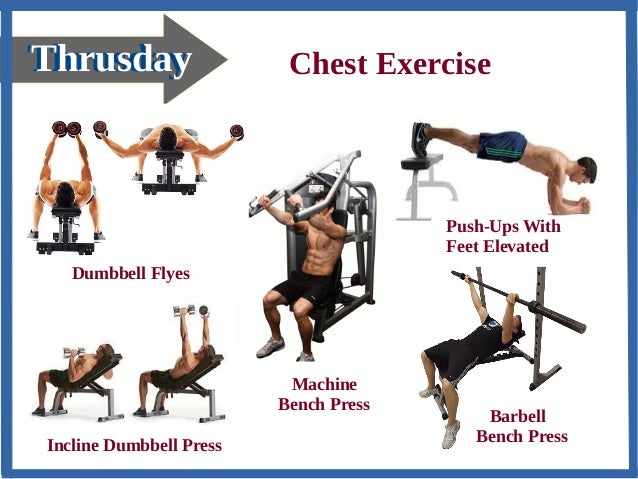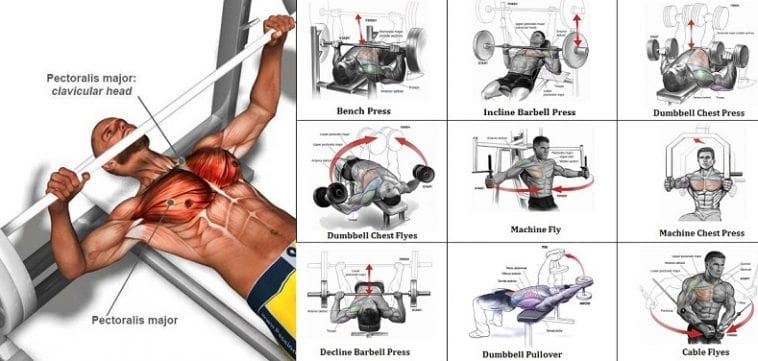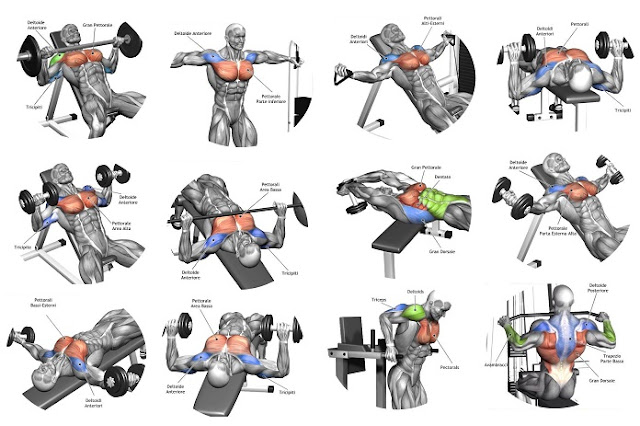 In extreme instances, over-exercising induce serious performance loss. Unaccustomed overexertion of muscles leads to rhabdomyolysis (damage to muscle) most often seen within new army recruits. One more danger is overtraining, within which the intensity or volume of training surpasses the human body's capacity to recuperate between bouts. One outcome of detrimental overtraining is usually suppressed immune function, with an increased incidence of upper respiratory tract infection (URTI). An increased incidence of URTIs is also associated with high volume/intensity training, as well because with excessive exercise (EE), such as within a convention. Marathon training requires the particular runner to build their own intensity week to week which makes them a lot more prone to injury the a lot more they increase their mileage. The study shows that in the last 10–15 years up in order to 90% of marathon athletes have suffered a physical injury off their training.Ending excessive exercise suddenly might create a change in mood. Exercise should be managed by each body's natural limitations. While one arranged of joints and muscle groups may have the tolerance to withstand multiple marathons, another entire body may be damaged by 20 minutes of gentle jogging. This must become determined for each individual.As well much exercise could cause a woman to cease menstruation, a symptom known as amenorrhea.Skeletal muscleOpposition training and subsequent consumption of a protein-rich dinner promotes muscle hypertrophy and gains in muscle strength by stimulating myofibrillar muscle protein synthesis (MPS) plus inhibiting muscle protein break down (MPB). The stimulation of muscle protein synthesis simply by resistance training occurs through phosphorylation of the mechanistic target of rapamycin (mTOR) and subsequent activation of mTORC1, which leads to protein biosynthesis in cellular ribosomes via phosphorylation of mTORC1's immediate targets (the p70S6 kinase as well as the translation repressor protein 4EBP1). The reductions of muscle protein break down following diet occurs mainly via increases in flat screen insulin. Similarly, increased muscle tissue protein synthesis (via service of mTORC1) and under control muscle protein breakdown (via insulin-independent mechanisms) has furthermore been proven to take place following ingestion of β-hydroxy β-methylbutyric acid.
In extreme instances, over-exercising induce serious performance loss. Unaccustomed overexertion of muscles leads to rhabdomyolysis (damage to muscle) most often seen within new army recruits. One more danger is overtraining, within which the intensity or volume of training surpasses the human body's capacity to recuperate between bouts. One outcome of detrimental overtraining is usually suppressed immune function, with an increased incidence of upper respiratory tract infection (URTI). An increased incidence of URTIs is also associated with high volume/intensity training, as well because with excessive exercise (EE), such as within a convention. Marathon training requires the particular runner to build their own intensity week to week which makes them a lot more prone to injury the a lot more they increase their mileage. The study shows that in the last 10–15 years up in order to 90% of marathon athletes have suffered a physical injury off their training.Ending excessive exercise suddenly might create a change in mood. Exercise should be managed by each body's natural limitations. While one arranged of joints and muscle groups may have the tolerance to withstand multiple marathons, another entire body may be damaged by 20 minutes of gentle jogging. This must become determined for each individual.As well much exercise could cause a woman to cease menstruation, a symptom known as amenorrhea.Skeletal muscleOpposition training and subsequent consumption of a protein-rich dinner promotes muscle hypertrophy and gains in muscle strength by stimulating myofibrillar muscle protein synthesis (MPS) plus inhibiting muscle protein break down (MPB). The stimulation of muscle protein synthesis simply by resistance training occurs through phosphorylation of the mechanistic target of rapamycin (mTOR) and subsequent activation of mTORC1, which leads to protein biosynthesis in cellular ribosomes via phosphorylation of mTORC1's immediate targets (the p70S6 kinase as well as the translation repressor protein 4EBP1). The reductions of muscle protein break down following diet occurs mainly via increases in flat screen insulin. Similarly, increased muscle tissue protein synthesis (via service of mTORC1) and under control muscle protein breakdown (via insulin-independent mechanisms) has furthermore been proven to take place following ingestion of β-hydroxy β-methylbutyric acid.Pump Up Your Pecs With These Chest Exercises

TRAIN YOUR INNER CHEST WITH THIS UNIQUE WORKOUT My Fitness Closet! Top Quality Apparel!
5 Tips For the Best Chest Workout شبكة الهتاري

chest workouts for women Yahoo Image Search Results workout Pinterest Chest workouts for

Comments
Post a Comment